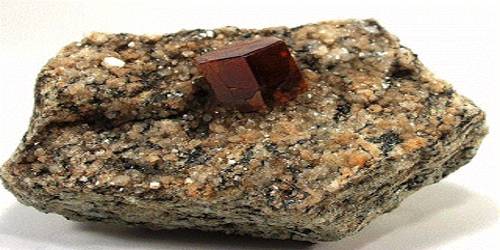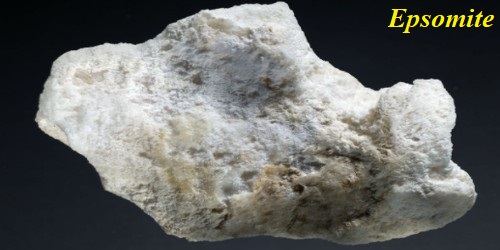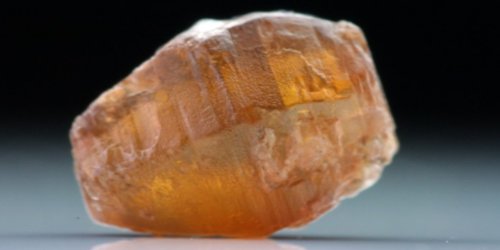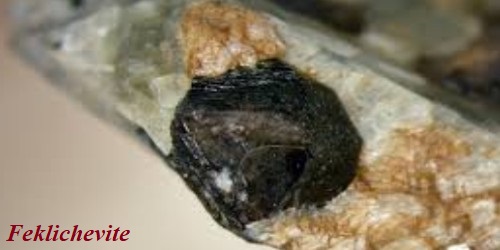Bastnasite, which is sometimes spelled as bastnaesite, is one of a few rare earth carbonate minerals. Bastnäsite was first described by the Swedish chemist Wilhelm Hisinger in 1838. It is named for the Bastnäs mine near Riddarhyttan, Västmanland, Sweden. It also occurs as very high-quality specimens at the Zagi Mountains, Pakistan.
The mineral bastnäsite or bastnaesite, is one of a family of three carbonate-fluoride minerals, which includes bastnäsite-(Ce) with a formula of (Ce, La)CO3F, bastnäsite-(La) with a formula of (La, Ce)CO3F, and bastnäsite-(Y) with a formula of (Y, Ce)CO3F. Some of the bastnäsites contain OH− instead of F− and receive the name of hydroxyl bastnasite. Most bastnäsite is bastnäsite-(Ce), and cerium is by far the most common of the rare earth in this class of minerals. Bastnäsite and the phosphate mineral monazite are the two largest sources of cerium and other rare-earth elements.
General Information
- Category: Carbonate mineral
- Formula: (REE)CO3F
- Crystal system: Hexagonal
- Crystal class: Ditrigonal dipyramidal (6m2).
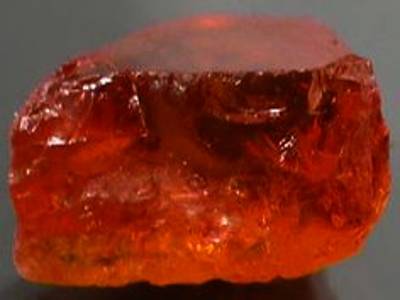
Properties
- Color: Honey-yellow, reddish brown
- Crystal habit: Tabular to equant striated crystals, also granular, massive
- Twinning: Dauphine law, Brazil law, and Japan law
- Cleavage: Imperfect to indistinct on {1010}, parting on {0001}
- Fracture: Uneven
- Tenacity: Brittle
- Mohs scale hardness: 4–5
- Luster: Vitreous, greasy, pearly on basal partings
- Streak: White
- Diaphaneity: Transparent to translucent
- Specific gravity: 4.95–5.0
Occurrence
Bastnasite gets its name from its type locality, Bastnas Mine, Riddarhyttan, Vastmanland, Sweden. Although a scarce mineral and never in great concentrations, it is widespread and one of the more common rare earth carbonates.
Although a scarce mineral and never in great concentrations, it is one of the more common rare-earth carbonates. Bastnäsite has been found in karst bauxite deposits in Hungary, Greece and the Balkans region. Also found in carbonatites, a rare carbonate igneous intrusive rock, at the Fen Complex, Norway; Bayan Obo, Mongolia; Kangankunde, Malawi; Kizilcaoren, Turkey and the Mountain Pass rare earth mine in California, US. At Mountain Pass, bastnäsite is the leading ore mineral. Some bastnäsite has been found in the unusual granites of the Langesundsfjord area, Norway; Kola Peninsula, Russia; Mont Saint-Hilaire mines, Ontario, and Thor Lake deposits, Northwest Territories, Canada. Hydrothermal sources have also been reported.
Information Source:
